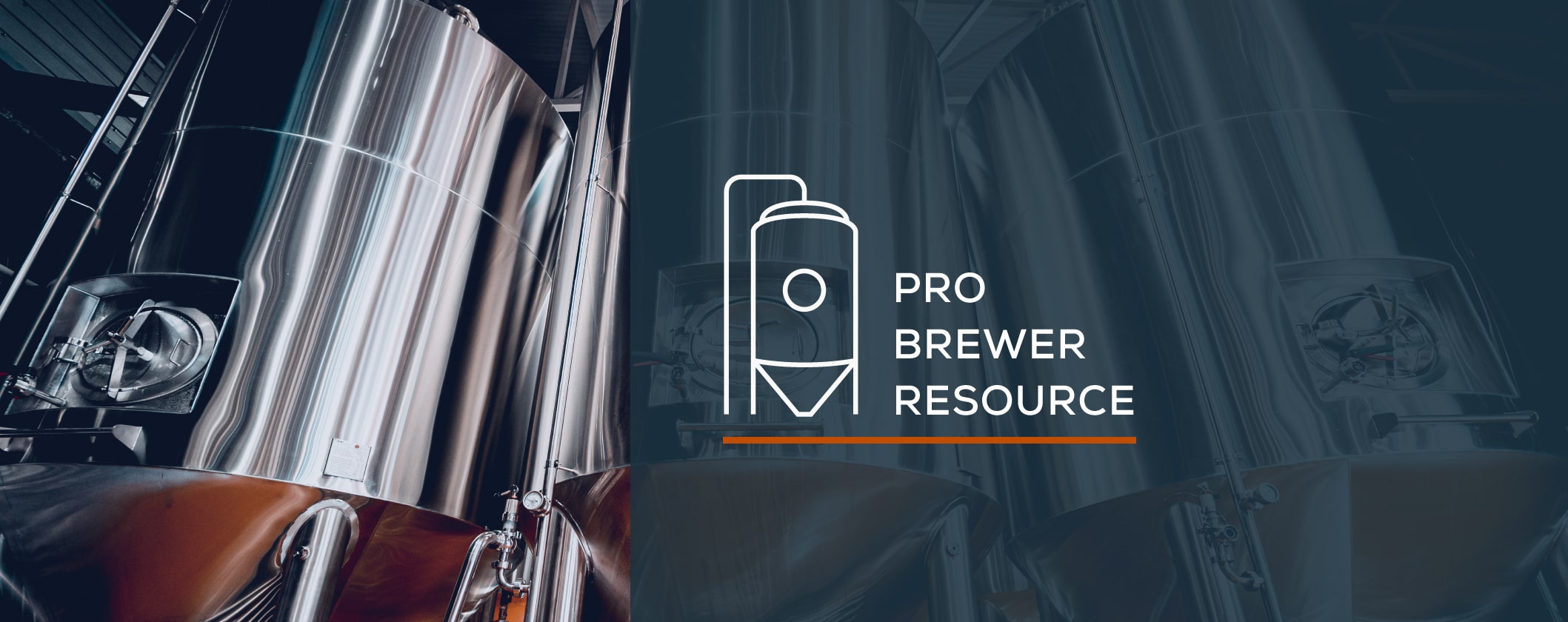High Gravity Brewing

Brewing beers with high original gravities (above 1.065) requires some modifications to normal brewing procedures. Factors that will determine success or failure in high gravity brewing are pitch rates, nutrient addition, and oxygenation.
PITCH RATES
Increased wort gravity causes increased stress on yeast due to increased osmotic pressure and increased alcohol levels. It is necessary to increase your pitch rates when increasing the wort gravity. A general rule of thumb is to pitch one million cells per mL per °Plato for high gravity ales. Thus, 20 °Plato (1.080 O.G.) wort would require 20 million cells per mL. High gravity lagers may require up to 1.5 million cells per mL per °Plato.
It is very important to use healthy yeast when brewing a high gravity beer. Choose yeast from a fermentation that had a moderate gravity (1.060 O.G. / 15 °P or less) and a normal fermentation profile. If a hemacytometer or other cell counting method is not available, use weight or volume to determine a good pitch rate and remember that it is better to pitch too many cells rather than too few. Yeast slurry that is approximately 40% solids has about 1.0 x 10⁹ cells per mL. Pitching 1 liter (1.1 Kg or 2.2 lbs.) per barrel of a 40% solids slurry will give you approximately 10 million cells per mL in the fermenter.
Yeast harvested from a high gravity fermentation will be in poor health and should not be used in subsequent fermentations. Because of this, the brewer must evaluate the condition of available yeast on hand as a cost-effect option versus the benefit of pitching a fresh culture that will perform well but only be used for one fermentation.
Not all yeast strains are suitable for high gravity fermentations, making strain selection a critical decision when developing a high gravity beer. Pitching more of a lower ABV tolerant strain will not guarantee a healthy, complete fermentation. The proper yeast should be selected for the task and environment because it will need to be in good health condition to convert the increased glucose into alcohol.
Ethanol produced during fermentation can become toxic to the yeast inhibiting cell growth, decreasing cell viability, and stalling fermentation. Yeast can also be affected by high osmotic pressure when exposed to high gravity worts, causing alterations in yeast metabolism, and decreasing viability. Strains that will tolerate high alcohol of 11 to 12 % ABV during fermentation include 1388 Belgian Strong Ale, 1728 Scottish Ale, 3787 Belgian High Gravity, and 3822-PC Belgian Dark Ale. In case of a stuck fermentation, the addition of 4347 Extreme Fermentation is recommended.
NUTRIENT
Essential nutrient levels are typically reduced during high gravity brewing. This is a function of either increased binding of nitrogen during boiling or dilution of essential nutrients by adjunct addition. Additions of Wyeast Beer Nutrient Blend will restore essential nutrient levels to provide healthy fermentation.
OXYGENATION
As wort gravity increases, solubility of oxygen decreases. It is very important to compensate for the decrease in solubility by oxygenating more aggressively. When brewing high gravity beers, it is best to oxygenate with pure oxygen through a sintered stone.
Because the wort does not have adequate quantities of unsaturated lipids in its composition, oxygen additions are required for the yeast cell to produce these lipids which are vital components of the cell membrane. If the oxygen levels are not met and the amount of unsaturated lipids in the cell membrane are not sufficient, the absorption of nutrients such as free amino nitrogen from the wort will decrease and result in deficient cell growth and poor fermentation performance.
